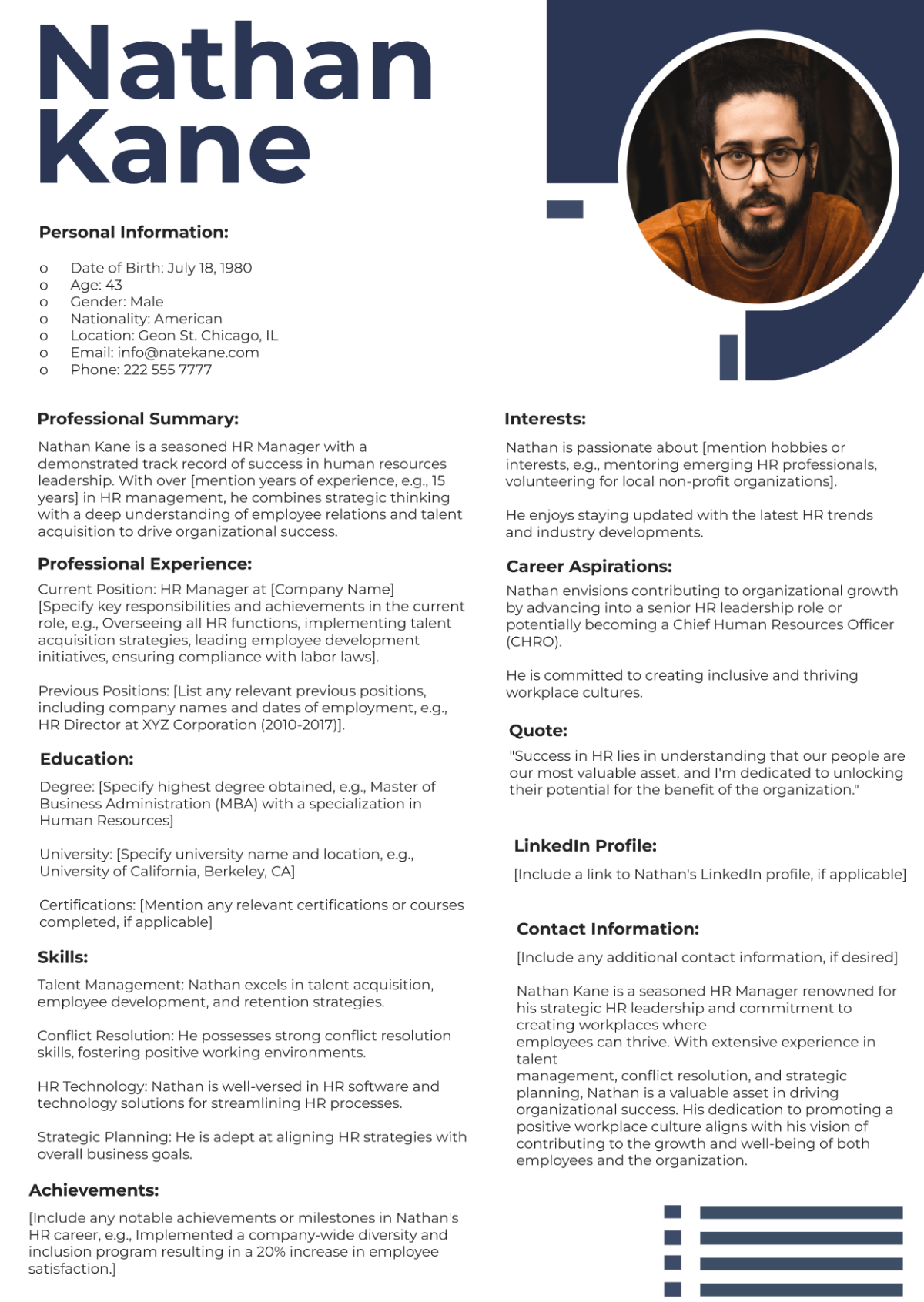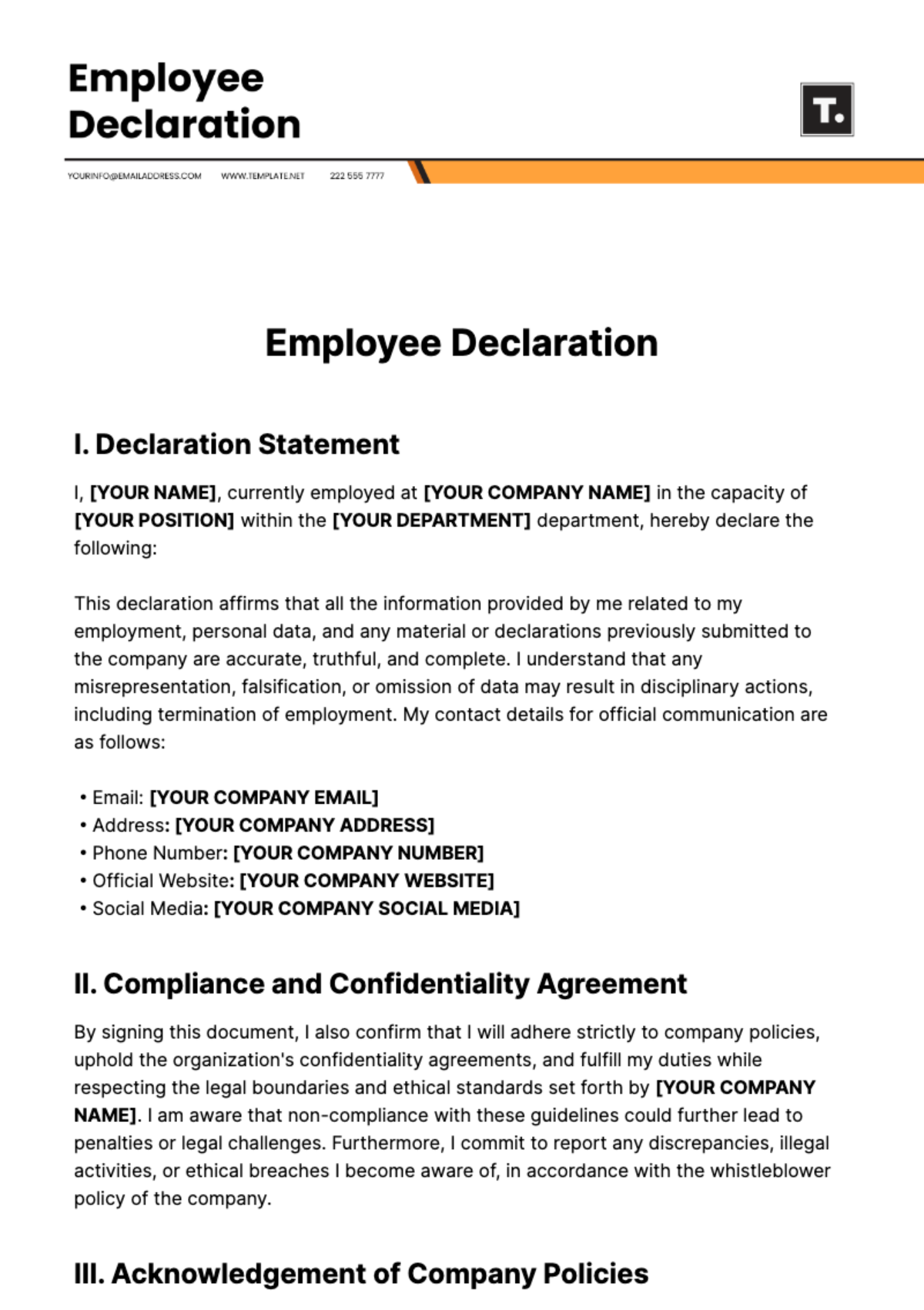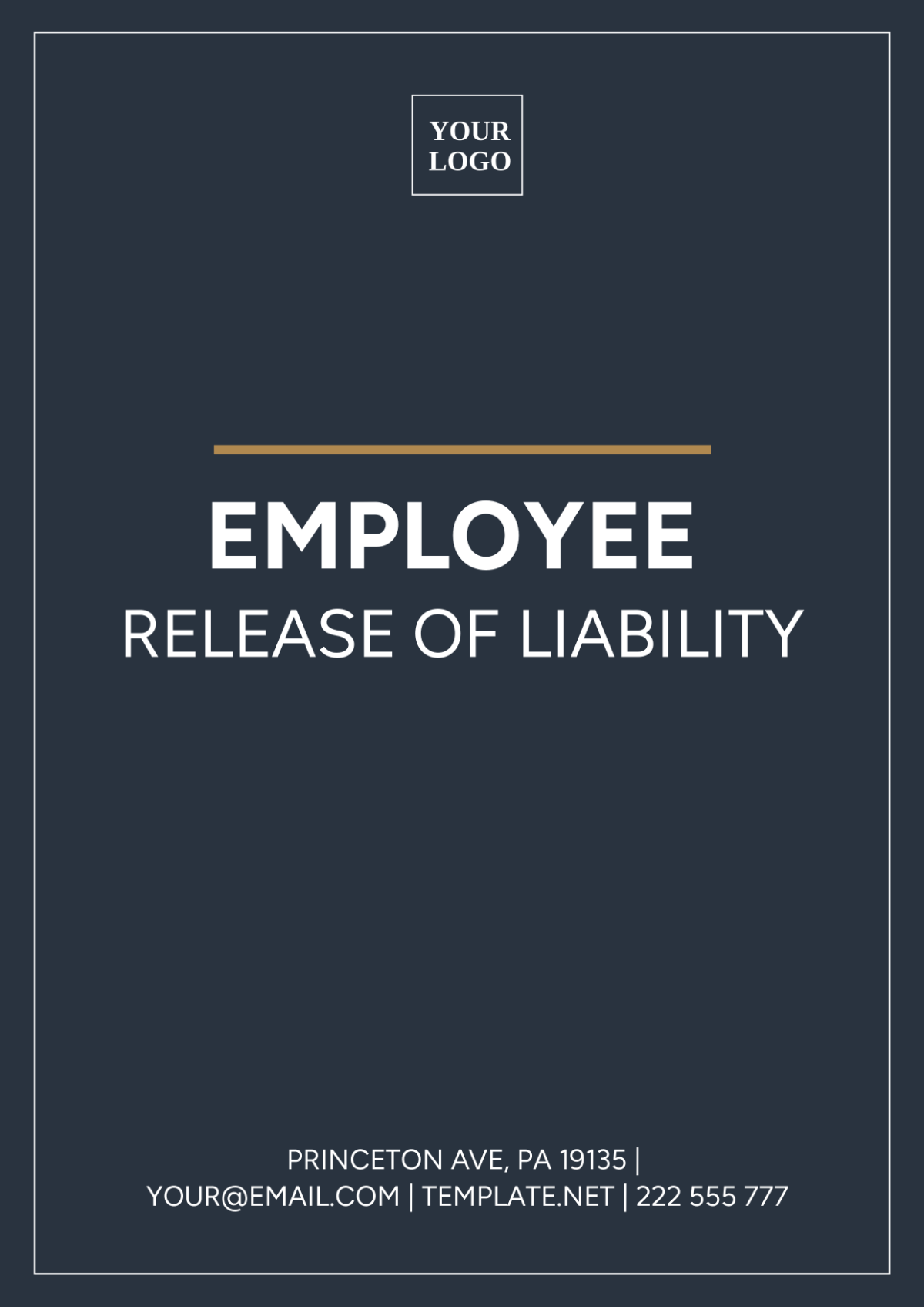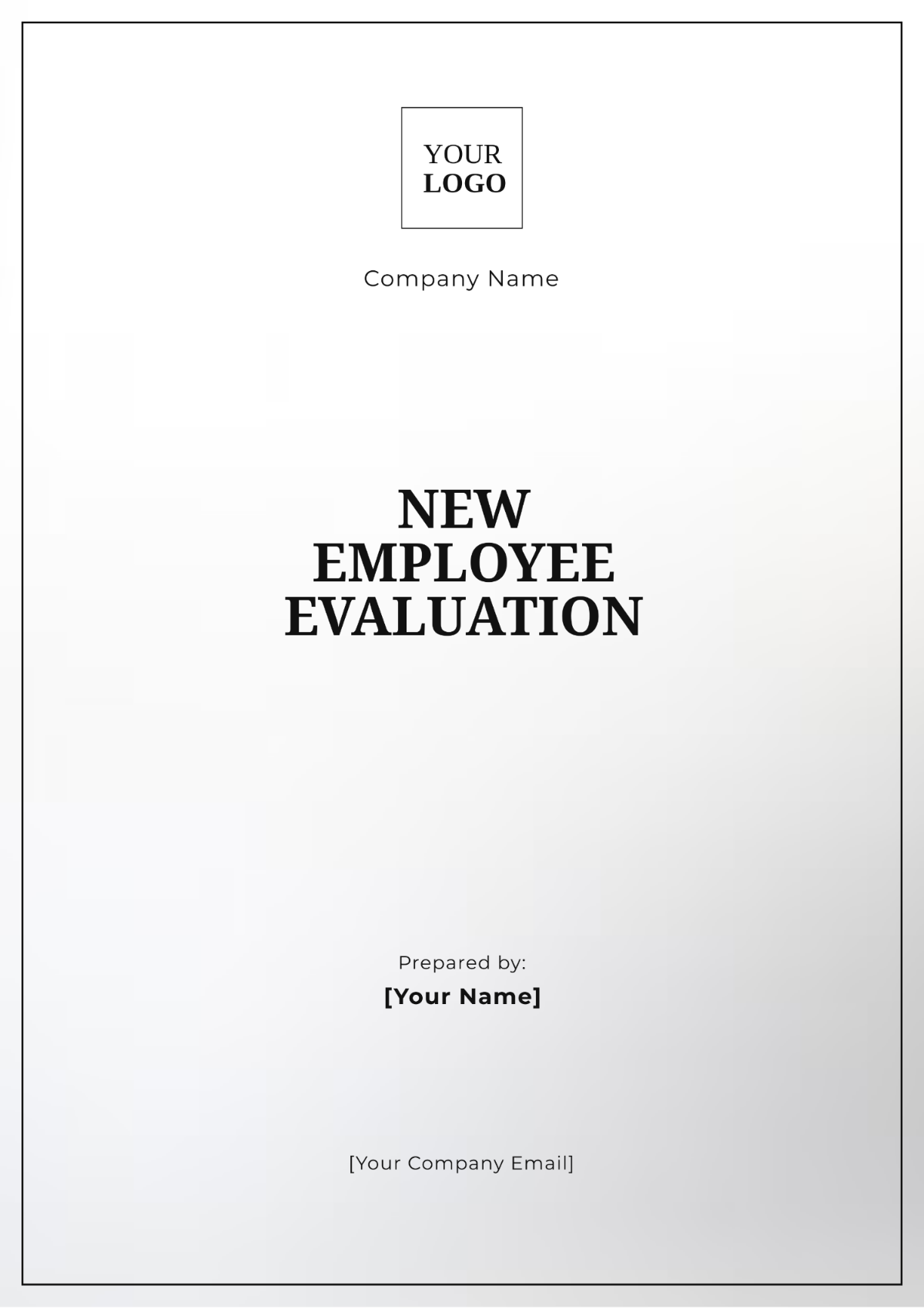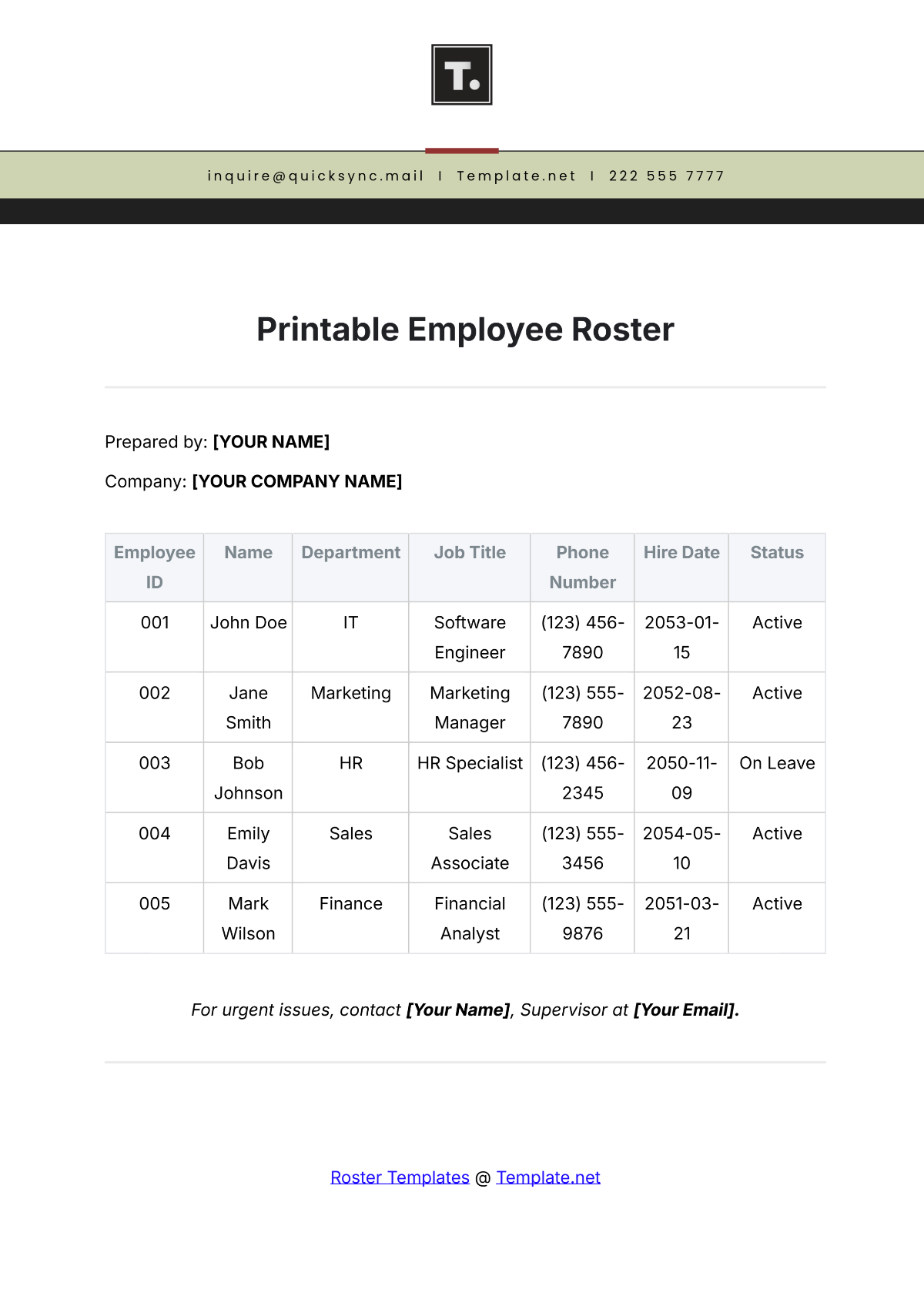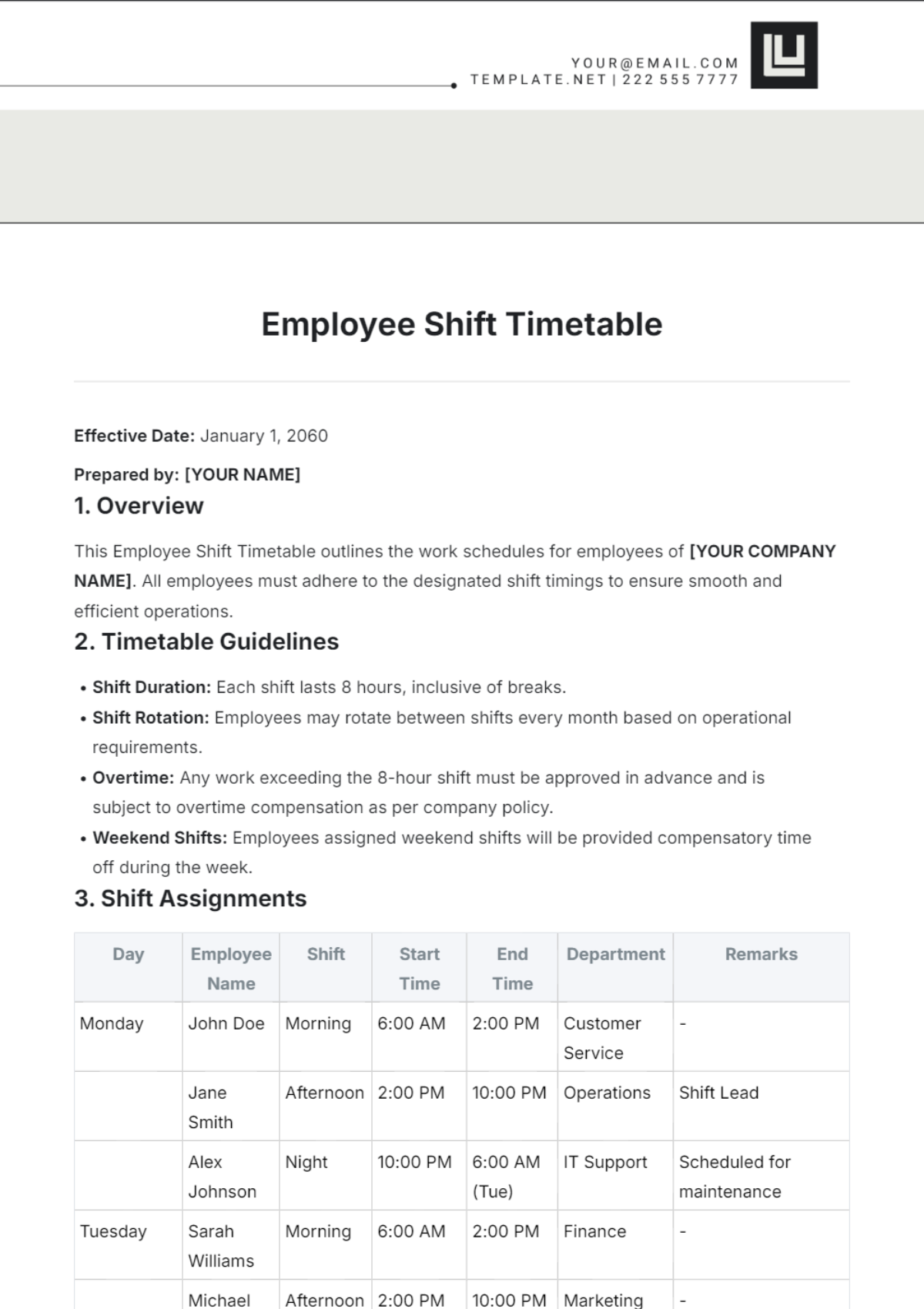Protocol for Managing Employee
Records and Data
TABLE OF CONTENTS
I. Introduction..................................................................................................................3
II. Data Collection and Storage.....................................................................................3
III. Data Privacy...............................................................................................................4
IV. Legal Compliance......................................................................................................4
V. Data Retention............................................................................................................5
VI. Access Controls.........................................................................................................5
VII. Record-Keeping Procedures...................................................................................6
VIII. Consent and Notifications......................................................................................6
IX. Data Accuracy............................................................................................................7
X. Employee Rights.........................................................................................................7
XI. Data Transfer and Sharing........................................................................................7
XII. Training and Awareness...........................................................................................8
XIII. Data Disposal..........................................................................................................9
XIV. Audit and Monitoring..............................................................................................9
XV. Incident Response..................................................................................................10
XVI. Conclusion.............................................................................................................10
I. Introduction
The Protocol for Managing Employee Records and Data outlines the policies and procedures that [Your Organization Name] follow to effectively collect, store, maintain, and secure employee-related information. This protocol is designed to ensure compliance with relevant laws and regulations, safeguard employee privacy, and facilitate efficient record-keeping practices throughout the employee lifecycle.
II. Data Collection and Storage
● Types of Data Collected
[Your Organization Name] collects the following types of employee data:
❖ Personal Information: Full name, contact details, date of birth, and Social Security Number (or equivalent identification number).
❖ Employment Records: Job applications, resumes, offer letters, employment contracts, and performance evaluations.
❖ Payroll and Financial Information: Salary details, tax forms, banking information for direct deposits, and other financial data.
❖ Benefits Information: Health insurance records, retirement plans, and other employee benefits data.
❖ Training and Development Records: Details of training programs attended, certifications, and professional development.
❖ Disciplinary and Grievance Records: Documentation of disciplinary actions, grievances, and related correspondence.
❖ Medical and Health Records: Health assessments, medical leave records, and accommodations requests (if applicable).
❖ Emergency Contact Information: Names and contact details of individuals to be contacted in case of emergency.
● Data Storage
❖ Physical Records: Physical employee records are stored in locked filing cabinets in a secure and access-controlled location.
❖ Digital Records: Electronic employee records are stored in encrypted databases on secure servers. Access to these records is restricted to authorized personnel only.
III. Data Privacy
● Data Encryption
All employee data, whether in transit or at rest, is encrypted using industry-standard encryption protocols to prevent unauthorized access or data breaches.
● Access Controls
Access to employee records is granted on a need-to-know basis. The following access controls are in place:
❖ Role-based access control (RBAC) ensures that employees only have access to the data necessary for their job responsibilities.
❖ User authentication mechanisms, including strong passwords and multi-factor authentication (MFA), are used to verify the identity of users accessing employee data.
● Data Breach Response
In the event of a data breach or suspected breach, [Your Organization Name] has established a data breach response team responsible for immediate investigation, containment, notification, and resolution. A breach response plan is in place to ensure swift and effective action.
IV. Legal Compliance
● Data Protection Laws
[Your Organization Name] complies with all applicable data protection laws, including but not limited to:
❖ General Data Protection Regulation (GDPR)
❖ Health Insurance Portability and Accountability Act (HIPAA)
❖ Family and Medical Leave Act (FMLA)
❖ Fair Labor Standards Act (FLSA)
● Data Privacy Policies
Employees are provided with clear and accessible data privacy policies that outline how their data is collected, used, and protected.
● Cross-Border Data Transfers
Any cross-border transfers of employee data adhere to the legal requirements and principles of data protection laws. Employees are informed of and consent to such transfers when applicable.
V. Data Retention
● Retention Periods
[Your Organization Name] has established retention periods for different types of employee records. These retention periods are in compliance with legal requirements and industry standards.
● Disposal of Records
Employee records that have reached the end of their retention period are securely disposed of using appropriate methods to prevent unauthorized access.
VI. Access Controls
● Access Authorization
Access to employee records is meticulously authorized and regulated in accordance with job roles and responsibilities within the organization. The objective is to ensure that only individuals with a legitimate business need to have access to this sensitive information. Access rights are subject to periodic review and updates to guarantee that they remain in sync with the evolving requirements of job duties and organizational changes.
● User Training
Employees and authorized personnel receive training on data access protocols, security best practices, and the importance of data confidentiality. To maintain the highest level of data confidentiality, regular training sessions are conducted. These training programs emphasize the significance of data security and confidentiality, ensuring that all individuals entrusted with access to employee records are informed, vigilant, and committed to upholding these crucial principles. This not only safeguards the privacy of our employees but also reinforces our commitment to compliance with data protection regulations.
VII. Record-Keeping Procedures
● Data Entry and Updates
Data entry and updates to employee records are performed by authorized personnel following standardized procedures. Data accuracy and completeness are prioritized. Data entry and updates to employee records are the responsibility of authorized personnel who strictly adhere to standardized procedures. The utmost priority is placed on ensuring the accuracy, completeness, and consistency of the data. Rigorous quality checks and validation processes are in place to maintain data integrity throughout its lifecycle.
● Version Control
Electronic records are maintained with version control mechanisms to track changes and revisions. This ensures that the history of data modifications is transparent and readily accessible, thereby enhancing accountability and traceability.
VIII. Consent and Notifications
● Employee Consent
During the onboarding process, employees are required to provide informed consent for the collection and processing of their personal data for employment-related purposes. This consent is a fundamental step in our commitment to respecting privacy and complying with data protection regulations.
● Notifications
To uphold transparency and safeguard employee rights, any changes to data collection or processing policies are promptly communicated to employees. They are also informed of their rights concerning the collection and processing of their personal data, ensuring that they remain well-informed and in control of their information.
IX. Data Accuracy
● Data Verification
Employees are actively encouraged to take an active role in maintaining the accuracy of their personal data. Regular opportunities are provided for employees to review and verify the information held in their records. Any requested corrections or updates are swiftly addressed, ensuring that the data remains up-to-date and reliable.
● Audit Trails
A comprehensive audit trail system is meticulously maintained to track and document any changes made to employee records. This serves as a critical tool in ensuring transparency and accountability in all data-related processes, reinforcing our commitment to data accuracy and security.
X. Employee Rights
● Access to Personal Data
We respect and uphold employees' rights to access their personal data. Employees are entitled to request copies of their records, providing them with transparency and control over their information.
● Data Amendments
Employees are empowered to request corrections, amendments, or updates to their personal data whenever inaccuracies are identified. We are committed to promptly addressing these requests to maintain the integrity of employee records and honor their data rights.
● Data Deletion
Upon request, employee data is deleted when it is no longer necessary for the purposes for which it was collected, subject to legal requirements.
XI. Data Transfer and Sharing
● Third-Party Sharing
Employee data is shared with third parties (e.g., benefits providers) only when necessary and in compliance with data protection laws. Contracts with third-party service providers include data protection clauses.
● Government Requests
In the event of government requests for employee data, [Your Organization Name] operates with utmost adherence to legal procedures and privacy safeguards. This commitment to legality and transparency not only ensures our compliance with applicable laws and regulations but also upholds the rights and privacy of our employees.
XII. Training and Awareness
● Employee Training
Employees are provided with training on data privacy policies and their role in safeguarding employee data.
● Data Privacy Awareness Program
An ongoing data privacy awareness program is a comprehensive and continuous initiative within [Your Organization Name] aimed at ensuring that all employees are well-informed and educated about data protection practices.
XIII. Data Disposal
● Secure Disposal
The disposal of employee records is executed with the utmost diligence and security. For physical records, an industry-standard shredding process is employed, ensuring complete destruction and preventing any unauthorized access to sensitive information. In the digital realm, secure erasure techniques are rigorously applied, rendering data irretrievable and safeguarding it from any potential breaches.
● Records Destruction Logs
A meticulous record-keeping system is maintained for the destruction of records. These logs include comprehensive details such as the date of disposal and the method used for destruction. This meticulous documentation ensures transparency and accountability throughout the records disposal process.
XIV. Audit and Monitoring
● Regular Audits
To guarantee adherence to this protocol and compliance with data protection laws, routine audits are conducted. These audits serve as a robust mechanism to assess and validate our commitment to data security. They also provide an opportunity for continuous improvement in our data management practices.
● Monitoring
Continuous monitoring of data access, modifications, and security measures is an integral part of our data management strategy. This proactive approach enables us to promptly detect and prevent any unauthorized or suspicious activities, ensuring the integrity and confidentiality of employee records.
XV. Incident Response
● Data Breach Response Plan
In preparation for unforeseen events, we have established a comprehensive data breach response plan. This plan outlines clearly defined roles, responsibilities, and communication procedures to be executed in the event of a data breach. It is designed to minimize potential damage, facilitate swift remediation, and maintain transparent and effective communication with all stakeholders throughout the incident.
● Notification Procedures
Procedures for notifying affected employees, regulatory authorities, and other relevant parties in the event of a data breach are documented.
XVI. Conclusion
This Protocol for Managing Employee Records and Data reflects [Your Organization Name]'s commitment to protecting employee privacy, ensuring data security, and complying with relevant laws and regulations. It is a living document that will be reviewed and updated as needed to adapt to changing legal requirements and organizational needs







